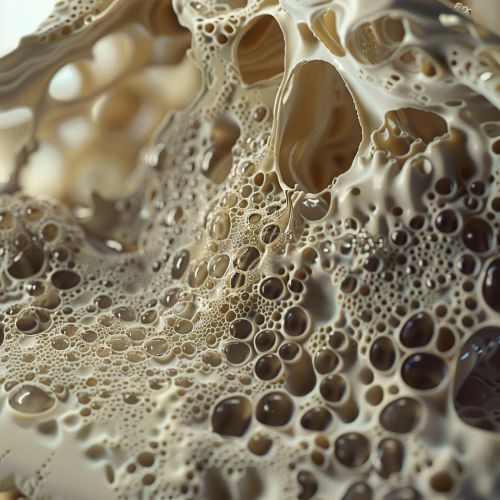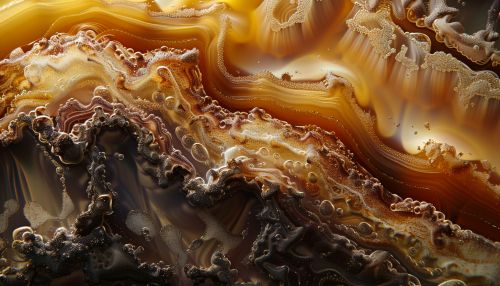Rheopectic Fluid
Introduction
Rheopectic fluids are a type of non-Newtonian fluid that exhibit an increase in viscosity or apparent viscosity under conditions of increasing shear rate. This behavior is in contrast to most other non-Newtonian fluids, which typically show a decrease in viscosity with increasing shear rate (shear-thinning or pseudoplastic behavior). Rheopectic fluids are relatively rare and are not as commonly encountered as their shear-thinning counterparts.
Rheology
Rheology, the study of the flow of matter, is the scientific discipline that deals with the behavior of rheopectic fluids. Rheopectic behavior is characterized by an increase in viscosity with increasing shear rate. This is often described as a time-dependent increase in viscosity, as the increase in viscosity only occurs after a certain amount of time under shear. This is in contrast to thixotropic fluids, which also exhibit a time-dependent change in viscosity, but in the opposite direction, with viscosity decreasing over time under shear.
Mechanism of Rheopexy
The mechanism underlying rheopexy, or the rheopectic behavior, is not fully understood and is the subject of ongoing research. It is believed to be related to the formation of structures within the fluid under shear. These structures may be formed by the alignment of particles or molecules within the fluid, leading to an increase in resistance to flow. The exact nature of these structures and how they form is dependent on the specific properties of the fluid, including the size and shape of the particles or molecules and the forces between them.
Examples of Rheopectic Fluids
Examples of rheopectic fluids are rare, but they do exist. Certain types of polymer solutions and suspensions can exhibit rheopectic behavior. One well-known example is a suspension of cornstarch in water, also known as oobleck. Under certain conditions, this suspension can exhibit a rapid increase in viscosity when subjected to shear, behaving like a solid rather than a liquid. This is a form of rheopectic behavior, although it is often also described as a form of dilatant behavior, where the increase in viscosity is immediate rather than time-dependent.
Applications of Rheopectic Fluids
Due to their unique properties, rheopectic fluids have potential applications in a variety of fields. For example, they could be used in the development of smart fluids for use in dampers and shock absorbers, where the ability to change viscosity in response to shear could be used to improve performance. They could also be used in the development of new materials and coatings, where the rheopectic behavior could be used to control the flow and spreading of the material or coating.


